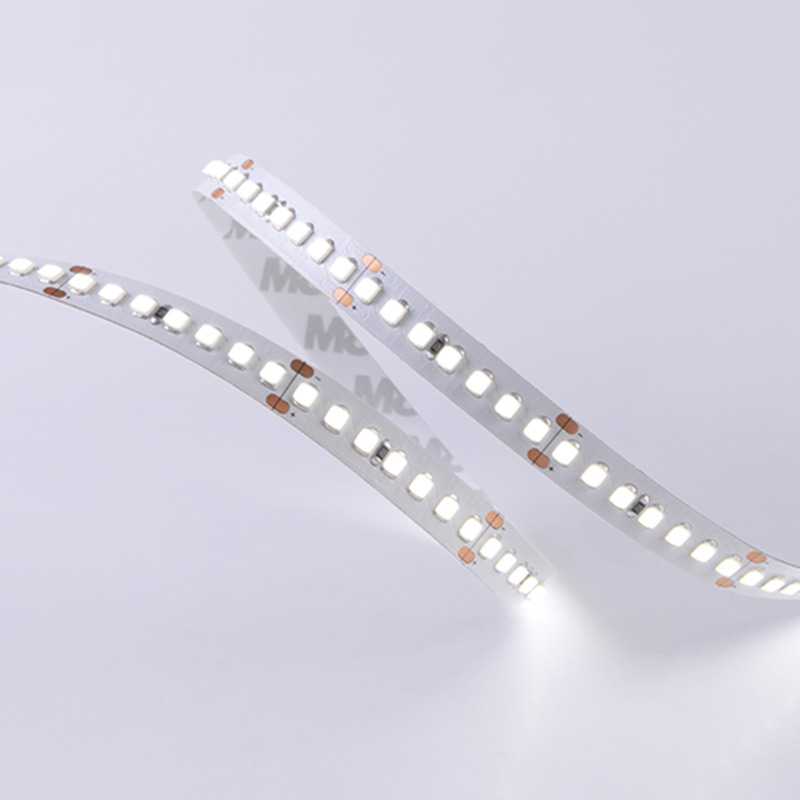
-
 Afrikaans
Afrikaans -
 Albanian
Albanian -
 Amharic
Amharic -
 Arabic
Arabic -
 Armenian
Armenian -
 Azerbaijani
Azerbaijani -
 Basque
Basque -
 Belarusian
Belarusian -
 Bengali
Bengali -
 Bosnian
Bosnian -
 Bulgarian
Bulgarian -
 Catalan
Catalan -
 Cebuano
Cebuano -
 Corsican
Corsican -
 Croatian
Croatian -
 Czech
Czech -
 Danish
Danish -
 Dutch
Dutch -
 English
English -
 Esperanto
Esperanto -
 Estonian
Estonian -
 Finnish
Finnish -
 French
French -
 Frisian
Frisian -
 Galician
Galician -
 Georgian
Georgian -
 German
German -
 Greek
Greek -
 Gujarati
Gujarati -
 Haitian Creole
Haitian Creole -
 hausa
hausa -
 hawaiian
hawaiian -
 Hebrew
Hebrew -
 Hindi
Hindi -
 Miao
Miao -
 Hungarian
Hungarian -
 Icelandic
Icelandic -
 igbo
igbo -
 Indonesian
Indonesian -
 irish
irish -
 Italian
Italian -
 Japanese
Japanese -
 Javanese
Javanese -
 Kannada
Kannada -
 kazakh
kazakh -
 Khmer
Khmer -
 Rwandese
Rwandese -
 Korean
Korean -
 Kurdish
Kurdish -
 Kyrgyz
Kyrgyz -
 Lao
Lao -
 Latin
Latin -
 Latvian
Latvian -
 Lithuanian
Lithuanian -
 Luxembourgish
Luxembourgish -
 Macedonian
Macedonian -
 Malgashi
Malgashi -
 Malay
Malay -
 Malayalam
Malayalam -
 Maltese
Maltese -
 Maori
Maori -
 Marathi
Marathi -
 Mongolian
Mongolian -
 Myanmar
Myanmar -
 Nepali
Nepali -
 Norwegian
Norwegian -
 Norwegian
Norwegian -
 Occitan
Occitan -
 Pashto
Pashto -
 Persian
Persian -
 Polish
Polish -
 Portuguese
Portuguese -
 Punjabi
Punjabi -
 Romanian
Romanian -
 Russian
Russian -
 Samoan
Samoan -
 Scottish Gaelic
Scottish Gaelic -
 Serbian
Serbian -
 Sesotho
Sesotho -
 Shona
Shona -
 Sindhi
Sindhi -
 Sinhala
Sinhala -
 Slovak
Slovak -
 Slovenian
Slovenian -
 Somali
Somali -
 Spanish
Spanish -
 Sundanese
Sundanese -
 Swahili
Swahili -
 Swedish
Swedish -
 Tagalog
Tagalog -
 Tajik
Tajik -
 Tamil
Tamil -
 Tatar
Tatar -
 Telugu
Telugu -
 Thai
Thai -
 Turkish
Turkish -
 Turkmen
Turkmen -
 Ukrainian
Ukrainian -
 Urdu
Urdu -
 Uighur
Uighur -
 Uzbek
Uzbek -
 Vietnamese
Vietnamese -
 Welsh
Welsh -
 Bantu
Bantu -
 Yiddish
Yiddish -
 Yoruba
Yoruba -
 Zulu
Zulu
front drum brakes
Understanding Front Drum Brakes A Comprehensive Overview
Front drum brakes have been a staple in automotive braking systems for many years. While disc brakes have gained popularity, particularly in high-performance and modern vehicles, drum brakes continue to serve an essential role, particularly in older cars and certain types of vehicles. This article will explore the mechanics, advantages, disadvantages, and applications of front drum brakes, providing an in-depth understanding of this crucial component in automotive engineering.
How Front Drum Brakes Work
At the heart of a drum brake system is a hollow drum that is mounted on the wheel. Inside the drum, there are brake shoes that are lined with a friction material. When the driver presses the brake pedal, hydraulic pressure from the brake fluid pushes the shoes outward against the drum. This friction between the shoes and the drum surfaces slows down or stops the vehicle.
Drum brakes are known for their ability to generate significant braking force in a compact space. They rely on the mechanical advantage of the drum shape, which helps to increase the contact area between the shoes and the drum, enhancing stopping power. This is particularly useful in applications where weight is a concern, as drum brakes tend to be lighter than their disc counterparts.
Advantages of Front Drum Brakes
1. Compact Size Drum brakes occupy less space than disc brakes, making them suitable for smaller vehicles and certain applications where space is at a premium.
2. Cost-Effectiveness The manufacturing costs of drum brakes are generally lower than those of disc brakes. This makes them a popular choice for budget-conscious consumers or manufacturers looking to keep costs down.
3. Effective in Low-Speed Situations Drum brakes are efficient at providing stopping power at lower speeds, which is ideal for stop-and-go driving commonly found in urban settings.
4. Self-Adjusting Mechanism Many drum brake systems include a self-adjusting feature that maintains the distance between the brake shoes and the drum, ensuring consistent performance over time.
front drum brakes

Disadvantages of Front Drum Brakes
While front drum brakes offer several benefits, they also come with a few drawbacks
.1. Heat Dissipation Drum brakes are not as effective at dissipating heat as disc brakes, which can lead to brake fade during prolonged use, particularly in high-performance situations.
2. Maintenance Drum brakes can be more challenging to service compared to disc brakes due to their enclosed design. This can make inspections and replacements more labor-intensive.
3. Weight Although they are compact, drum brakes can be heavier than modern disc brake systems, which can impact vehicle performance and fuel efficiency.
4. Less Effective in Wet Conditions Drum brakes may retain water, which can impair their effectiveness compared to disc brakes, which are better at shedding moisture.
Applications of Front Drum Brakes
Despite their drawbacks, front drum brakes remain in use in various applications. They are commonly found in older vehicles, budget cars, and certain commercial vehicles such as trucks and buses, where their performance characteristics meet specific needs.
In conclusion, front drum brakes are a fundamental part of the automotive braking system. They offer a blend of simplicity, cost-effectiveness, and reliable performance for various applications. Understanding how they work and where they are best utilized is essential for automotive enthusiasts, mechanics, and consumers alike. As technology continues to evolve, the debate between drum and disc brakes may shift, but the importance of efficient stopping power remains constant across all vehicle types.
-
Safety Features of Red Brake DrumsNewsAug.01,2025
-
Rear Drum Brakes Replacement for Older VehiclesNewsAug.01,2025
-
Professional Brake Drum Turning Services ExplainedNewsAug.01,2025
-
How Brake Drum and Rotor Puller WorksNewsAug.01,2025
-
Brakes and Drums CompatibilityNewsAug.01,2025
-
Anticipate Failures in Brake Drum MotorNewsAug.01,2025
-
What Are Drum BrakesNewsJul.07,2025
